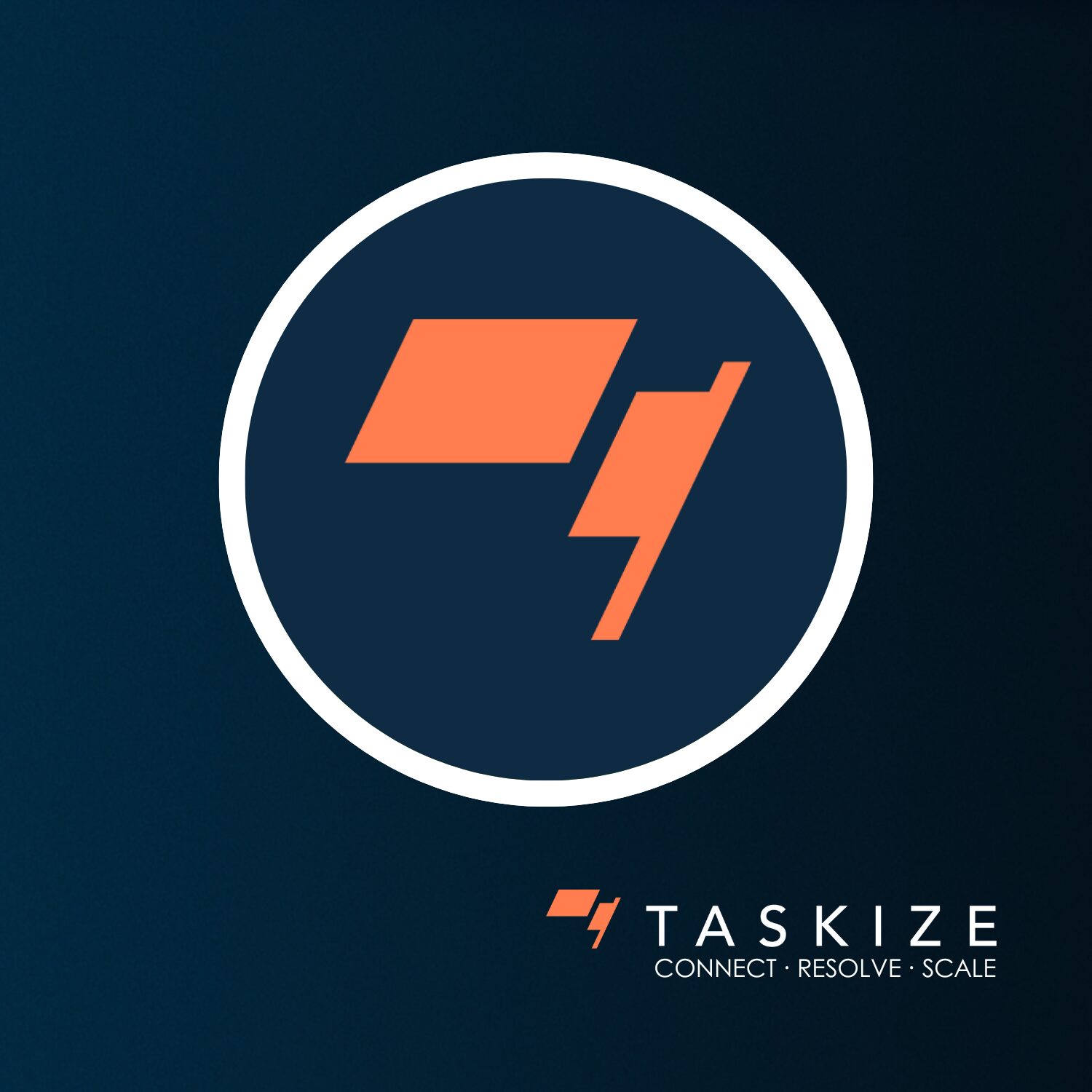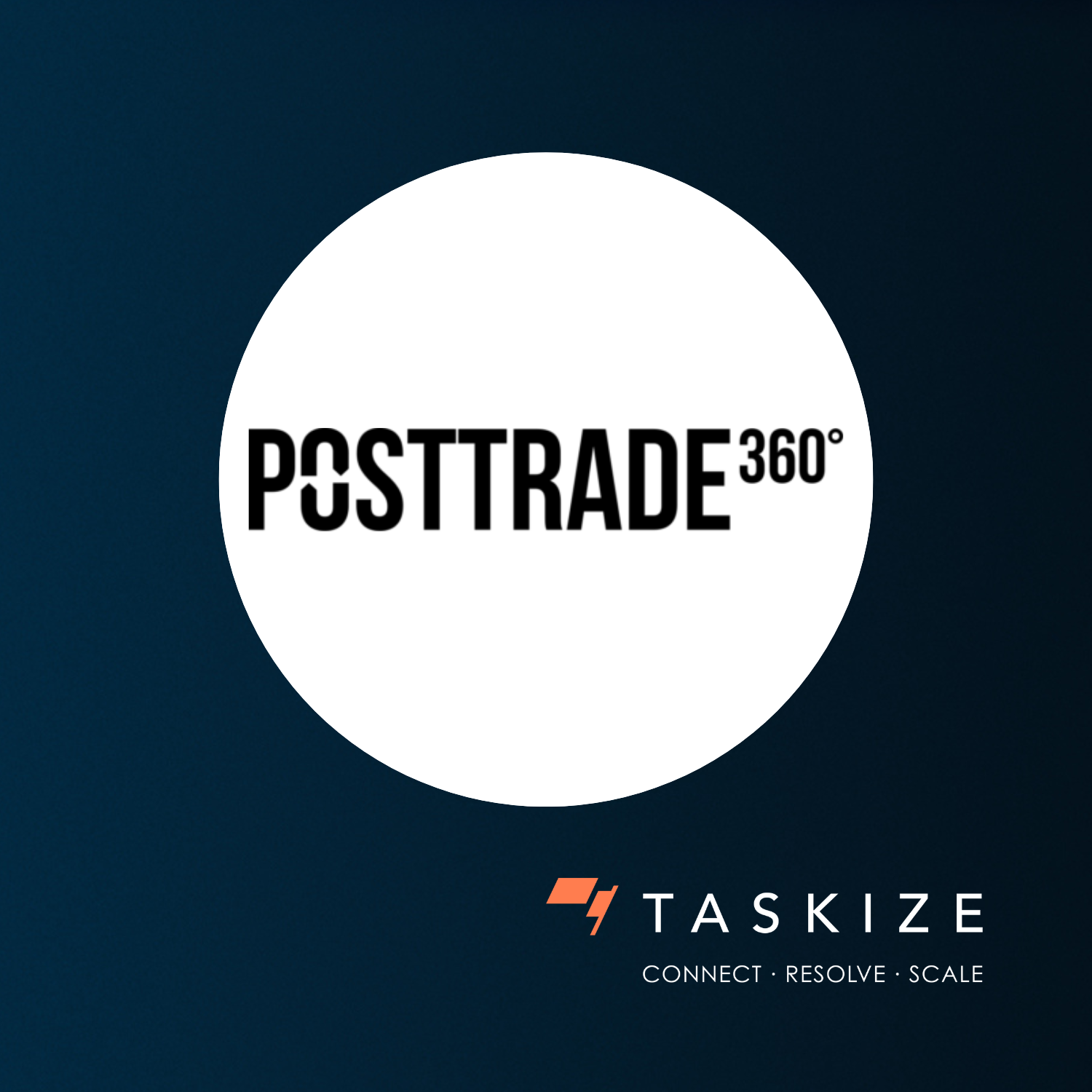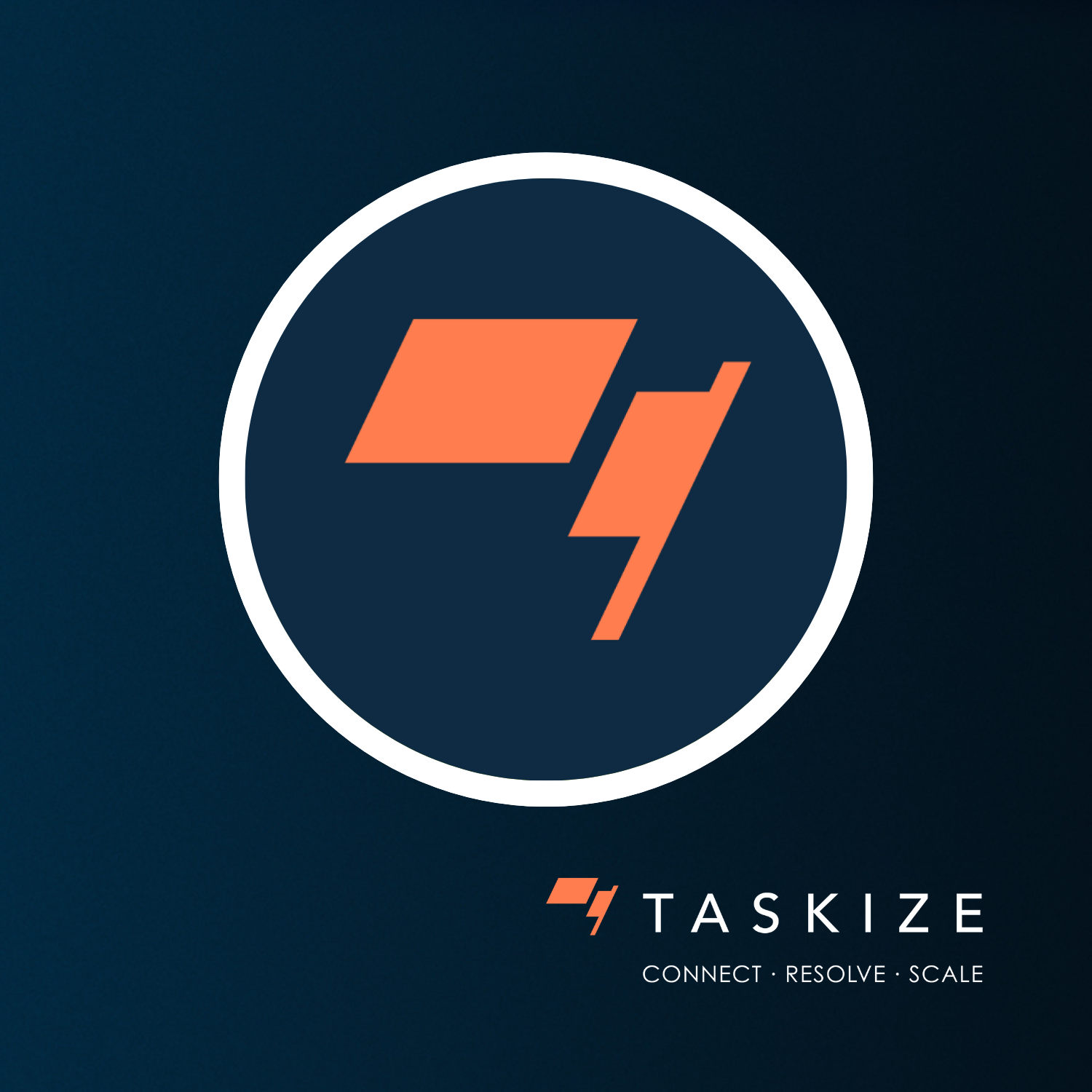Getting risks in check through automation
Financial institutions are operating in a new risk paradigm, compounded by market volatility and the introduction of increasingly complex regulations. A lot of financial firms, ranging from the tier one banks right through to boutique asset managers, are almost wholly dependent on legacy technology infrastructure.
Helen Adair, Chief Product Officer at Taskize, looks at how automation and the adoption of intelligent workflow solutions could help firms better manage their risks in these turbulent times.
Risk and uncertainty reign supreme
Fuelled by the prevailing geopolitical tensions, ambiguity about the status of US trade tariffs, and mounting recessionary fears, markets have behaved erratically this year, with both equities and bonds suffering from adverse price movements.
This bearish sentiment is echoed in the Depository Trust & Clearing Corporation’s (DTCC) latest Systemic Risk Barometer Report, which found that geopolitical risk is currently seen as the biggest threat facing capital markets today, according to 84% of financial firms, followed by cyber-crime on 69%, and lingering US political uncertainty on 48%.
As market gyrations continue to impact returns, it is forcing firms to take an increasingly risk-off approach.
Financial institutions are also grappling with regulations and post-trade reforms. Right now, most firms are in the early stages of performing gap analysis into what T+1’s introduction in Europe (i.e. the EU, UK, Switzerland), due to happen from October 2027, will mean for their operating models.
“T+1 is going to have a risk impact on firms, particularly in Europe, where there are 27 different markets and regulatory regimes,” said Adair.
As a result, firms trading in Europe are at a higher risk of suffering from trade fails, at least relative to the US, where the market and regulatory landscape is broadly homogenous. This could lead to institutions notching up some fairly significant financial losses or even penalties under the EU’s Central Securities Depositories Regulation’s (CSDR) Settlement Discipline Regime (SDR).
Banks and brokers might also find themselves losing lucrative client mandates if they struggle to maintain settlement discipline in a T+1 environment.
Amidst this challenging market and regulatory backdrop, the industry’s ongoing dependency on ageing technology systems is becoming a serious concern. Not only does this lack of digitalisation generate unnecessary costs (i.e. as older technologies often require more frequent updates and security patches, etc), but it creates additional risks too.
A number of banks, brokers, asset managers and asset owners are still wedded to legacy technology solutions, including Mainframe architectures, Excel Spreadsheets and even COBOL, now entering its seventh decade.
“A lot of the processes underpinning our industry’s operations are broken and heavily manual, even when outsourced to third parties. The fallout from this copious lack of automation can be potentially quite serious. In some cases, it can lead to misdirected emails, whereby a client is sent the wrong information or data file. This can have a reputational impact as well as risk, especially if the information is of a sensitive nature,” commented Adair.
Adair added: “Unnecessary and avoidable manual processing increases risk and can result in fines. This may lead to duplicate payments, unnecessary recalls, and ultimately, financial losses."
Another lingering issue is key person risk, with the smooth running of legacy technology systems often reliant on a very limited number (or even individual) of IT professionals.
Keeping risks under control
To navigate these tough headwinds, financial institutions will need to make substantial improvements to their technology infrastructure.
So, what exactly are firms doing?
As asset managers and banks look to augment their risk management capabilities, many are starting to transition away from email towards collaboration platforms and workflow functionality tools, such as those offered by Taskize.
“Through the adoption of collaboration platforms and workflow functionality solutions, firms can eliminate the need for email and other manual interventions. This allows them to consolidate multiple workstreams within their organisations, giving them aggregated views, superior insights and end-to-end audit trails into their operations,” noted Adair.
“By obtaining enhanced automation and visibility into their operations, firms can reduce error counts and, with it, risk.”
A single, consolidated view of trade operations, for instance, will give firms greater, real-time visibility, allowing them to effectively manage market risks and regulatory changes, i.e. the transition to T+1.
“The ability to have deeper analytics and insights, enabled through Taskize’s platform, into settlement patterns and trends will be important for firms when T+1 takes shape in Europe. This will ultimately help firms improve their matching rates,” highlighted Adair.
Those financial institutions currently using Taskize are reaping the benefits.
According to a Euroclear survey, 97% of firms said they are happy when contacting Euroclear through Taskize, versus just 56% who said the same when corresponding via email.
Research also shows that 80% of agent banks have now migrated their systems onto Taskize, of which 92% reported having greater control when scaling back duplication efforts. A further 100% said they receive better alerts and notifications on Taskize, reducing the risk of missing critical updates.
A staggering 100% noted that transparency is much improved on Taskize, meaning users benefit from having a reduced number of touchpoints and improved resolution times. Overall resolution times – when deploying Taskize - have fallen by 70% from 3.5 days to 1 day, allowing clients to strengthen their service offerings and minimise operational risk.
As markets become more unpredictable, automation and the eschewal of legacy technology, in favour of collaboration and workflow functionality tools, will help financial firms improve their risk management.
You May Also Like
These Related Stories

Tackling Post-Trade Friction – and the EU T+1 checklist

CPO Helen Adair writes for PostTrade 360°

No Comments Yet
Let us know what you think